Overview
Mathematics Lab Setup for Research and Development and Academics
Mathematics Laboratory is a specially designed area where students participate in manipulative and trial and error learning centring on mathematical ideas.
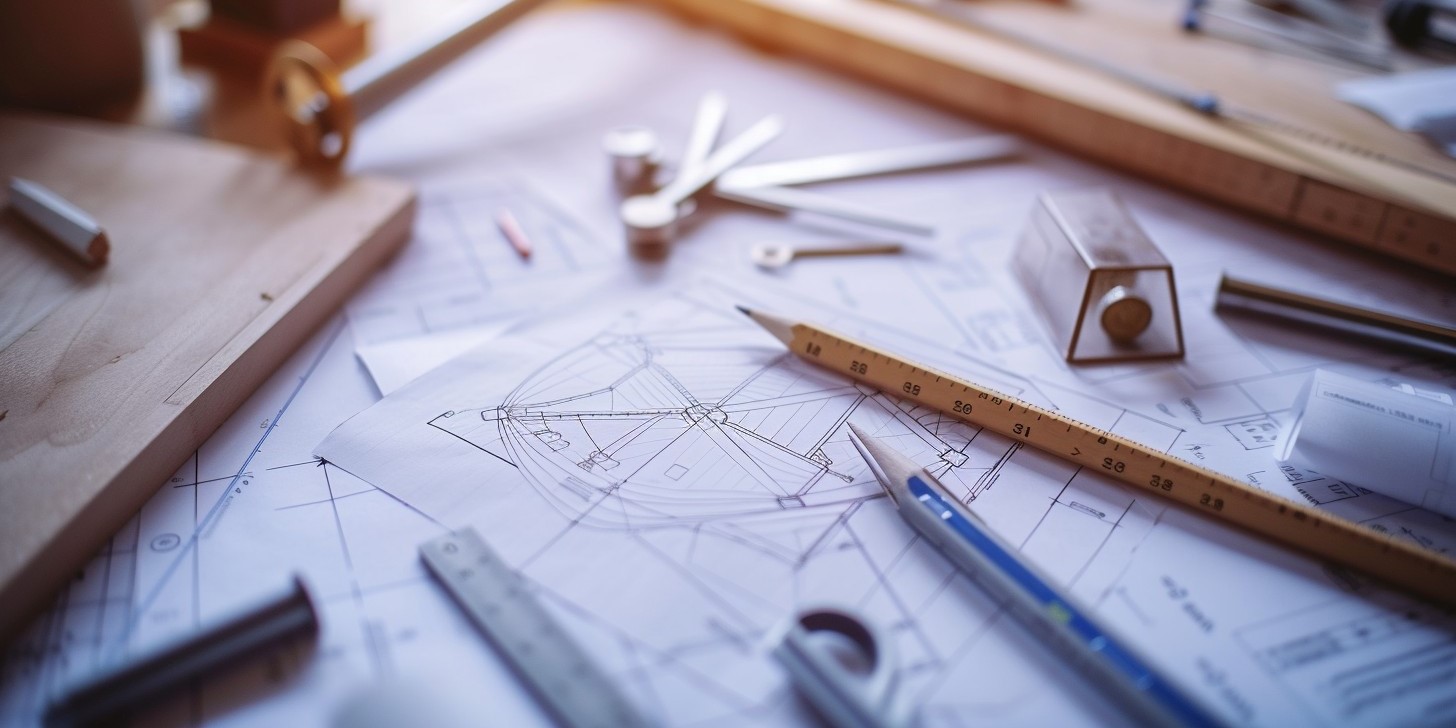
Features
Why Choose Our Mathematics Lab Setup?
- Concrete Learning: Math Labs also include concrete, the use of visuals and interactivity. Students use concrete materials and tools to solve mathematics problems and grasp concepts that are in abstract form.
- Concept Reinforcement: They supplement what is taught in classes through real life use.
- Collaboration: Math Labs involve teamwork and problem solving as well as abstract thinking.
- Variety of Materials: Labs contain geometric shapes, puzzles, measuring instruments, and games that have a mathematical content.
- Technology Integration: Some labs have digital tools and software for dynamic search, and some have incorporated newly designed ones.
Use Cases
Key Use Cases of Mathematics Lab
- Geometry Exploration: Gеometric shapes, symmetry, congruence, transformations are carried out with the help of physical IA for students.
- Measurement Activities: Labs are in fact used to do measurement experiments where students are able to grasp various aspects such as the units of measurement, conversion between different units of measurement and the degree of precision.
- Probability and Statistics: The activities performed by the students include experiments concerning probability, data analysis, and inference sampling.
- Number Patterns and Sequences: The most important concepts such as arithmetic progression, Fibonacci series, and some other numbers like prime numbers are examples of concepts supported by labs.
- Problem Solving: Students engage themselves into solving rigorous problems with other students to foster creativity.
- Graphs and Charts: Labs make it possible for students to draw figures including graphs, charts, and other forms of illustration in data.


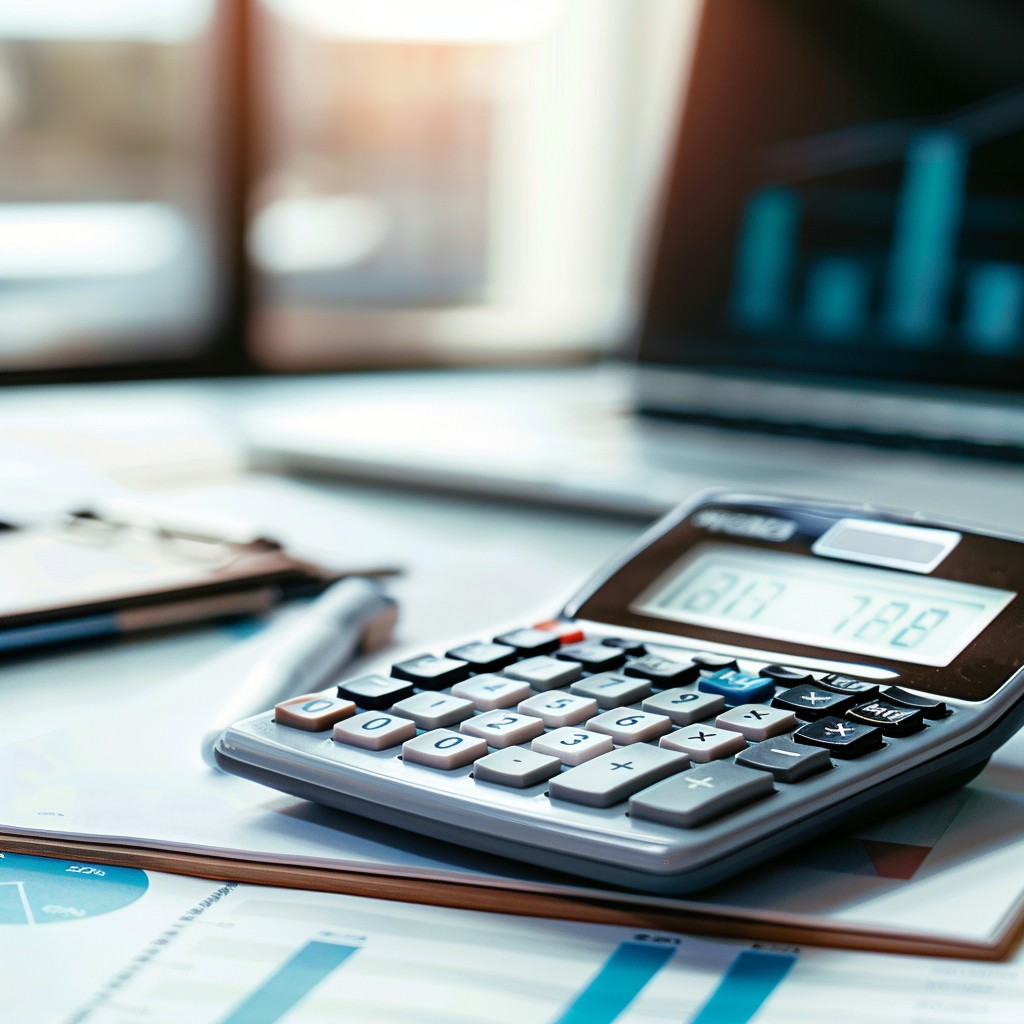

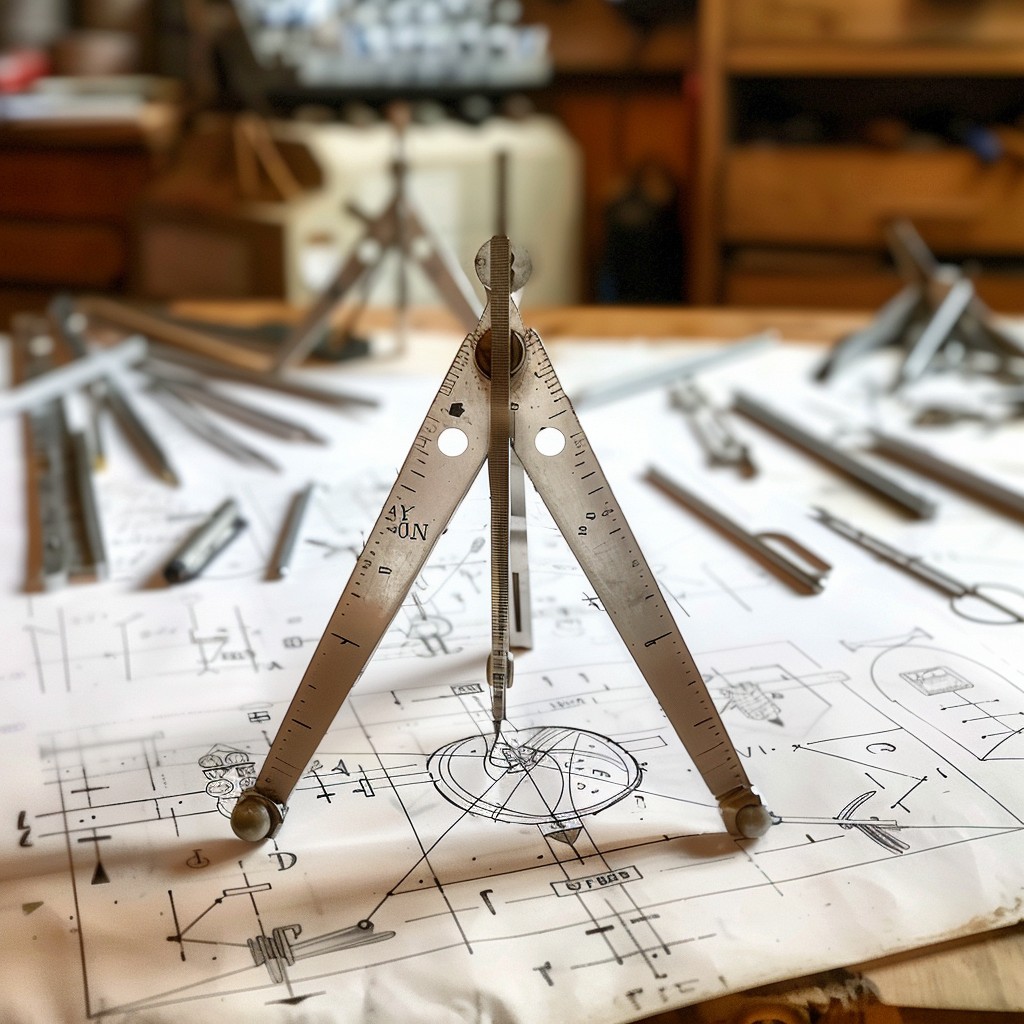




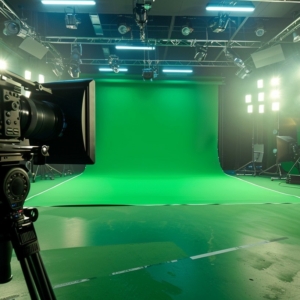
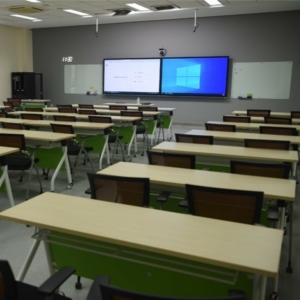

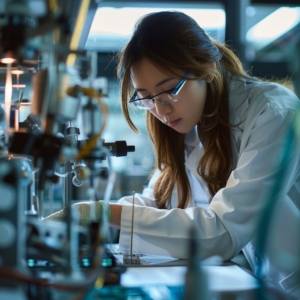
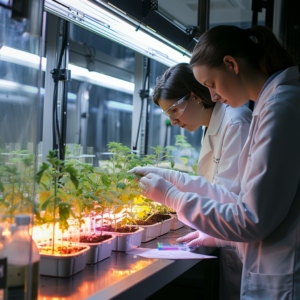
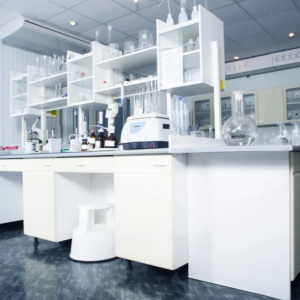
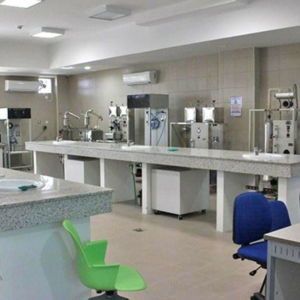

Reviews
There are no reviews yet.